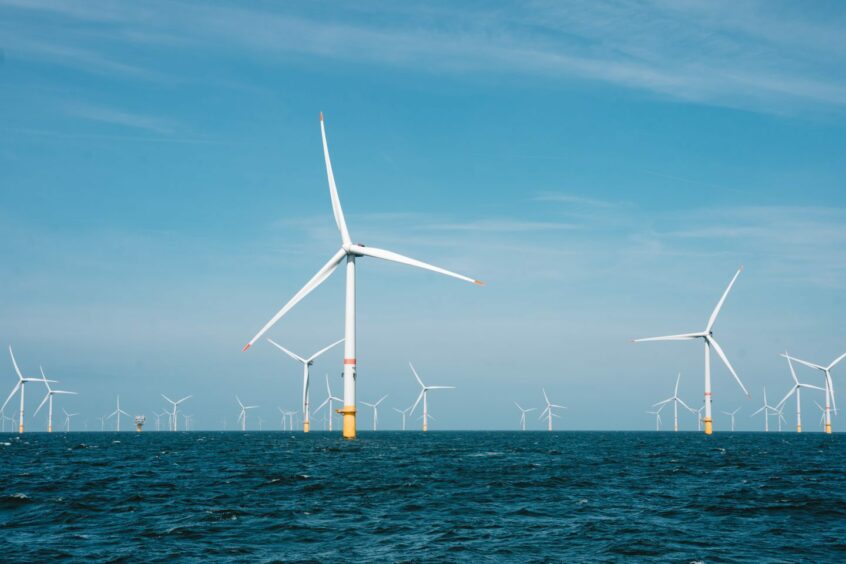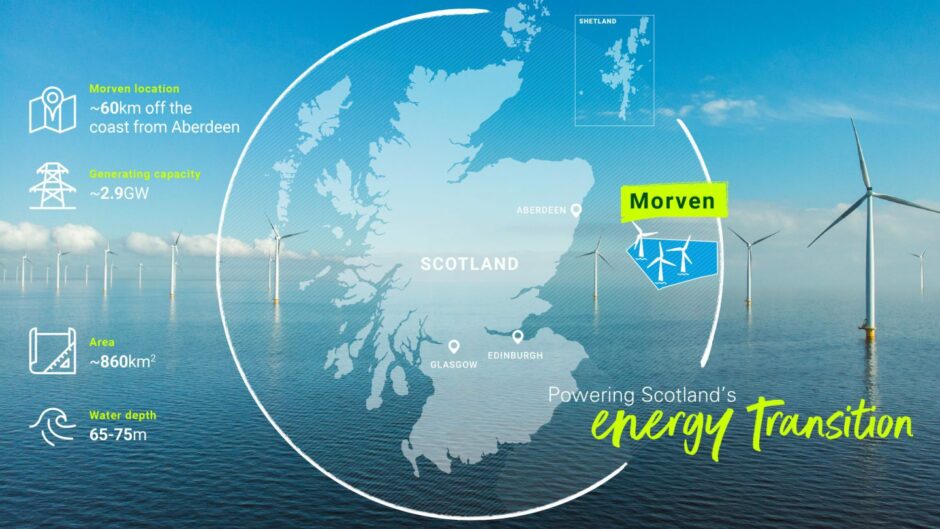 © Supplied by RMI
© Supplied by RMI The new Labour Government will need to reform the current allocation round (AR) mechanism to drive the long-term future of offshore wind in the UK, a major developer has said.
Speaking to Energy Voice, managing director for EnBW Generation UK Damien Zachlod noted that time is running out for the UK to meet its offshore wind goals.
“No matter red or blue, the target is 50GW by 2030,” Zachlod said. “AR6 is pretty much the last auction that you can be sure will deliver projects for 2030.
“So, this year, and potentially some accelerated projects in AR7, if there’s another auction next year, these are very much the last chance saloon.”
He hailed Labour for setting aggressive offshore wind targets – quadrupling the current 15GW to 60GW by 2030. However, Zachlod called for additional measures to fund these ambitions.
“We need to see an increase in the budget to try and get as many projects as possible through this year,” Zachlod said.
His comments echo a recent call from RWE to the new Labour Government to raise the budget for offshore wind projects.
Labour has previously said it is considering whether to increase the budget for AR6 after it assesses the applications it has received.
Beyond 2030
With less than six years left until 2030, Zachlod said that the UK Government also needs to start preparing to meet its longer-term clean energy needs.
“We strongly support planning reform, but planning reform for offshore wind will be for post-2030 projects,” he added. “We need clarity around what 2035 and 2040 look like.”
Pivotal to driving future offshore wind development are changes to the contracts for difference (CfD) auctions.
“The CfD has always been an auction set around getting the cheapest price possible for offshore wind,” Zachlod said.
“One of the impacts of this is developers have uncertainty in their timeline as they don’t know if they’re going to win the auction or not.
“That means that when engaging with the supply chain or going to the banks to borrow money, there’s always some question mark over your timeline.
“The current CfD regime has been very much around price discovery and driving down costs. We proved that we went too low with a AR4 and AR5,” he added.
Where AR4 saw projects struggle with the strike price levels, ultimately causing some developers to rebid into AR6, AR5 saw no developers bid their projects as they put off by the low price cap.
“I would say that means we have price discovery now,” Zachlod noted.
CfD refinements
“The CfD as a revenue stabilisation mechanism has unlocked a huge amount of capital ready to invest in offshore wind. That part of the CfD is still very effective,” Zachlod said.
But, he added, “to have an auction be successful, you need a loser, and if you have a loser, there’s offshore wind that’s not being deployed on the timeline that could have been deployed”.
He pointed to several refinements to the CfD mechanism that Labour could implement, such as a hurdle rate CFD. This uses a predefined price, where developers that can provide power at a that price receive an automatic CFD.
With multiple allocation rounds behind it, the UK Government can use that information to inform the hurdle rate.
“A hurdle rate CfD allow us to engage earlier and give supply chains earlier certainty,” Zachlod said.
In addition, he suggested adding more delivery years in the CfD auction.
“Rather than needing to have a grid connection and consent, there’s what’s called a forward CfD – you get your CfD earlier in the development process, so the government understands it will award some CfDs that might not come, but it’s a different way of splitting the risk.
The UK Government has previously floated Sustainable Industry Rewards (SIRs) as a potential reform to the CfD mechanism. These aim to look beyond prices when allocating CfDs, accounting for factors like using UK-based supply chains and sustainability concerns.
“The long and short of it is that SIRs come at the end of the process after all of that risk,” Zachlod said. “If you’re in the supply chain, you don’t have time to get planning for your new factory, build your new factory and ramp up your new factory. There isn’t time because the delivery year is quite close at that point.
I would say, let’s try and get a coherent industrial plan, which has medium term targets 2035-2040 to give a scale of what will come.”


